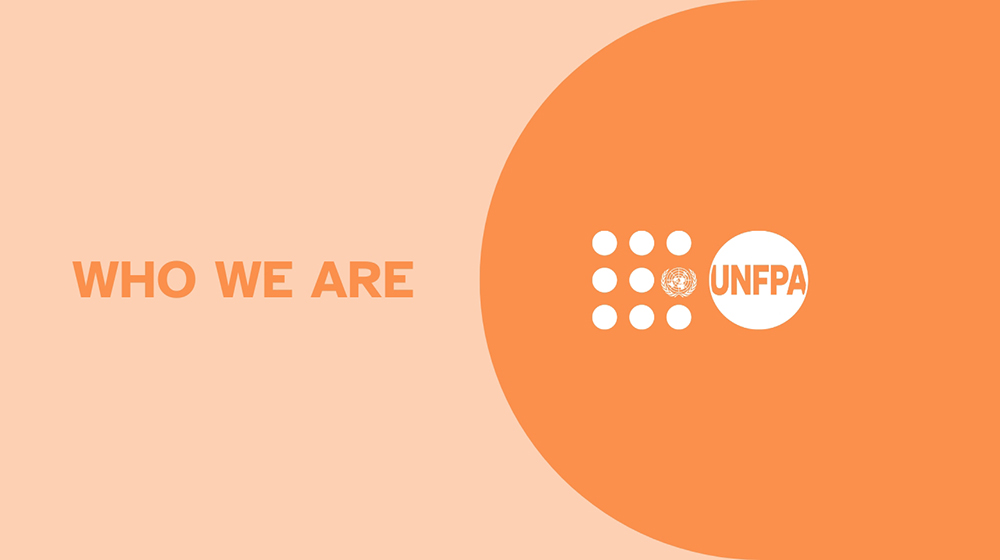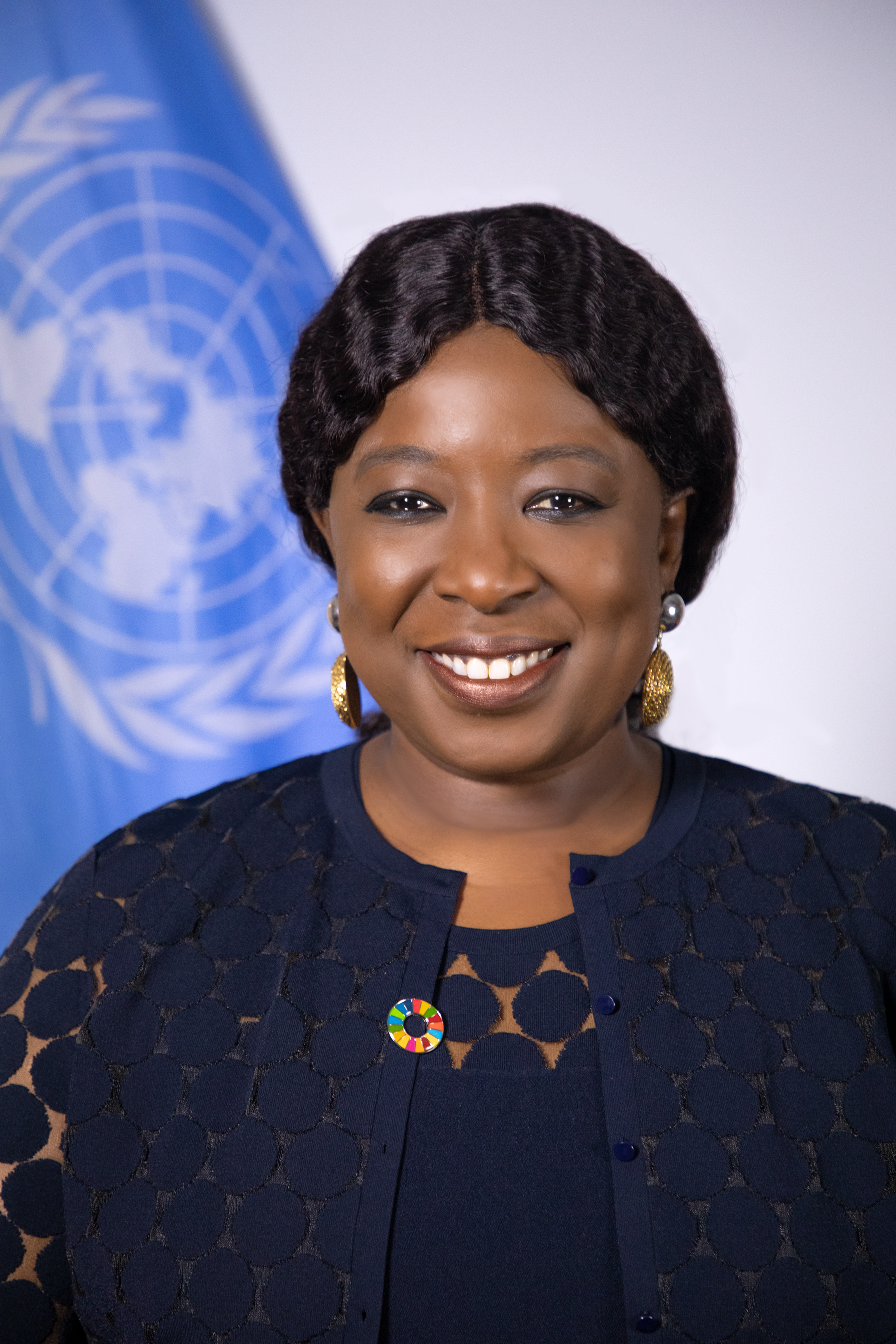United Nations Population Fund
UNFPA, United Nations Population Fund, is the sexual and reproductive health agency of the UN. It works to uphold the rights and choices of women, girls and young people across more than 150 countries. UNFPA aims to ensure that every pregnancy is wanted, every childbirth is safe, and every young person can fulfil their potential.
The challenges are immense: Almost half of all pregnancies are unintended, one in three women faces physical or sexual violence, and every two minutes a woman or girl dies from causes related to pregnancy or childbirth – most of them preventable. UNFPA tackles these issues head-on, reaching millions of women, girls and young people every year with vital information about their bodies and rights, essential health services, and protection from violence.
Only when every person can access accurate information, quality care, and the freedom to make choices about their bodies safely and with dignity can they realize their full potential – and help shape a better future for all.
Our mission is:
Read more about UNFPATo deliver a world where every pregnancy is wanted, every childbirth is safe, and every young person's potential is fulfilled.





